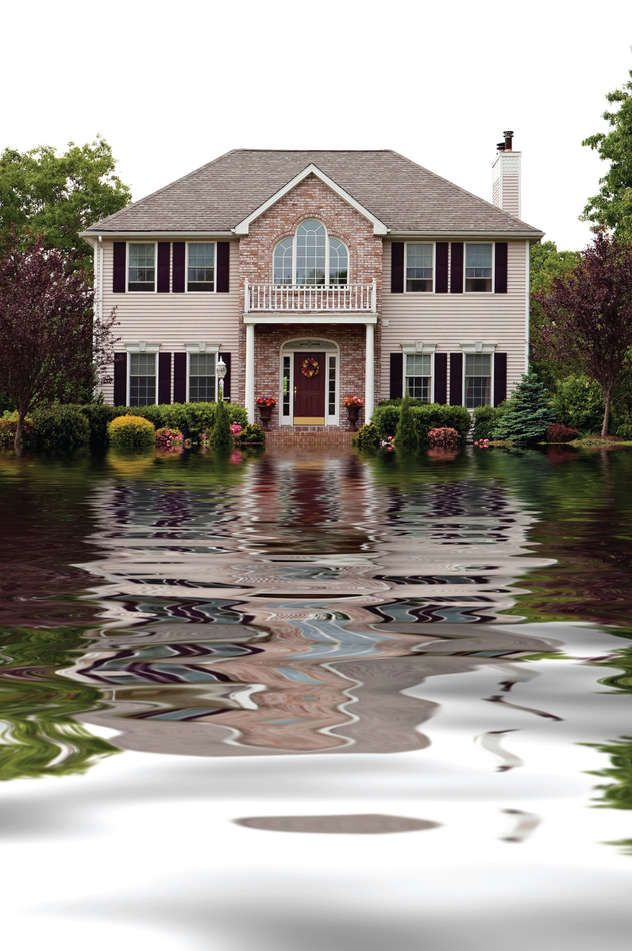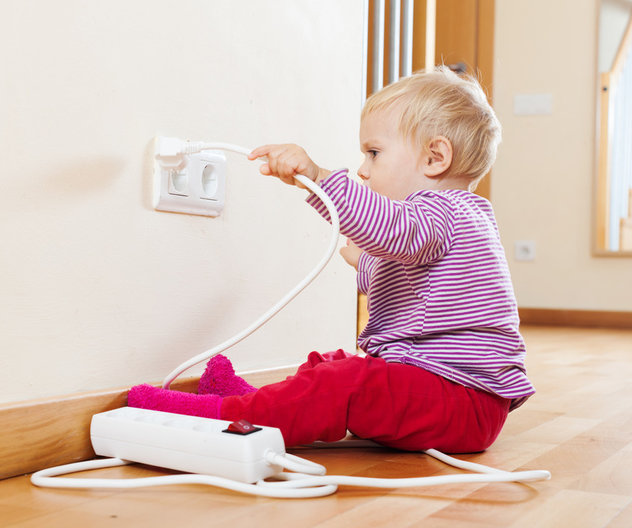
A FLOOD CAN BE CAUSED BY SPRING RUN-OFF, MELTING SNOW, AN OVER-FLOWING RIVER, LAKE OR STREAM, OR EVEN A SWIMMING POOL. EXCESSIVE GROUNDWATER BUILD-UP THAT ENTERS YOUR HOME VIA LEAKS OR SEEPAGE IS ALSO CONSIDERED FLOODING. WHETHER AIDED BY WIND OR AN ACT OF GOD, DAMAGE TO YOUR HOME CAUSED BY A FLOOD IS NOT COVERED.
Most homeowners’ policies will cover other types of water damage provided the cause is “sudden and accidental” and is not caused by freezing. This could include the sudden failure of a heating or air conditioning system, an overflowing washing machine, a blocked toilet, accidental sprinkler going off or a burst water pipe.
The key words are ‘sudden‘ and ‘accidental‘ water entering the home through leaks, cracks and seepage are considered to be the responsibility of the owner and should be prevented through routine home maintenance.
Sewer back-ups occur when massive volumes of water overload a drainage system. Once the wastewater rises above your basement drains, a back-flow into your home results. Sewer back-ups can introduce black mould, harmful bacteria and sewage waste into your home, creating health risks and extensive damage.
Depending on where your home is located, sewer back-up insurance may be available to help cover losses or damage caused by water that has accidentally escaped from a sewer, drain, storm drain, sump, septic tank, eaves trough or downspout. Call us to find out more.
5 STEPS TO PREVENT OR LIMIT WATER DAMAGE TO YOUR HOME
1. If your area is susceptible to sewer back-up, make sure your home has a back-flow valve and plugs for drains, toilets and other sewer connectors installed.
2. If you don’t have a sump pump, install one. If you do have a sump pump, test it to make sure it is working.
3. Store items in plastic containers or on shelving at least 12″ off the basement floor.
4. Keep eavestroughs and downspouts clear of debris and make sure water flow is directed away from the foundation.
5. Finally, as simple as it sounds, make sure your lot is properly graded to direct run-off away from the foundation and entrance ways.





